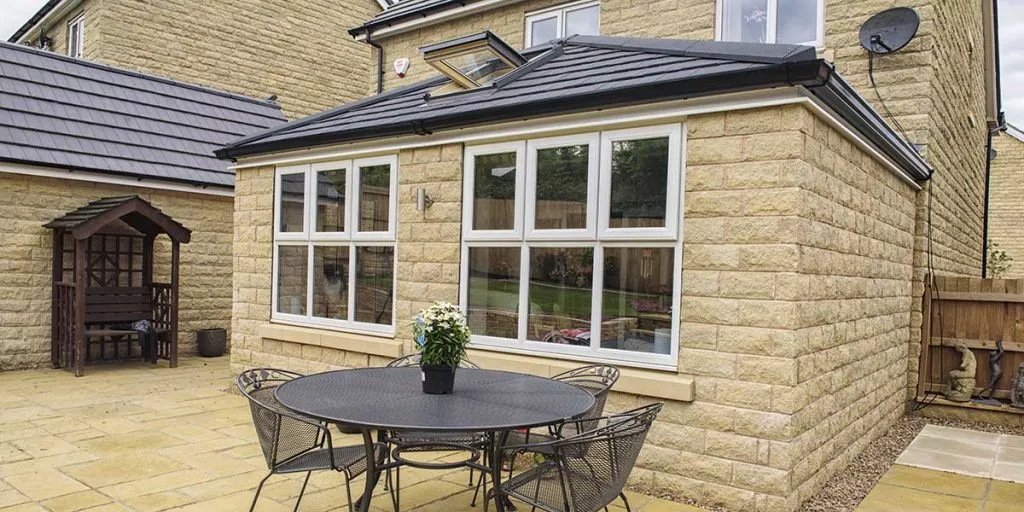We highly suspect that some aspiring home extension owners will have no awareness of the potential need for planning permission before a conservatory or orangery supplier like ourselves can get on with building it for them.

They often only discover that is the case once they get into conversation with TWC, and it’s usually one of the first things we bring up in our discussions as compliance with planning laws is imperative.
It shouldn’t put a person off the idea of extending their home though because TWC provides all the guidance and support you require with regards planning permission FREE of charge.
Planning permission is something we have to deal with on an almost daily basis, so our design consultants are fully-up-speed with what can, and cannot be done.
They know, for instance, that when you have ‘Permitted Development Rights’ you don’t need to be concerned about applying for planning permission. The full set of conditions that must be met for an extension to be classed as a Permitted Development are as follows:
- No more than half the area of land around the “original house”* would be covered by additions or other buildings.
- No extension forward of the principal elevation or side elevation fronting a highway.
- No extension to be higher than the highest part of the roof.
- Single-storey rear extension must not extend beyond the rear wall of the original house* by more than three metres if an attached house or by four metres if a detached house.
In addition, outside Article 1(5) designated land* and Sites of Special Scientific Interest the limit is increased to 6m if an attached house and 8m if a detached house until 30 May 2019.
These increased limits (between 3m and 6m and between 4m and 8m respectively) are subject to the neighbour consultation scheme. - Maximum height of a single-storey rear extension of four metres.
- Extensions of more than one storey must not extend beyond the rear wall of the original house* by more than three metres or be within seven metres of any boundary opposite the rear wall of the house.
- Maximum eaves height of an extension within two metres of the boundary of three metres.
- Maximum eaves and ridge height of extension no higher than existing house.
- Side extensions to be single storey with maximum height of four metres and width no more than half that of the original house.
- Roof pitch of extensions higher than one storey to match existing house.
- No verandas, balconies or raised platforms.
- On designated land* no permitted development for rear extensions of more than one storey; no cladding of the exterior; no side extensions.
* The term “original house” means the house as it was first built or as it stood on 1 July 1948 (if it was built before that date). Although you may not have built an extension to the house, a previous owner may have done so.
* Designated land includes national parks and the Broads, Areas of Outstanding Natural Beauty, conservation areas and World Heritage Sites.
When a planning application has to be put together and submitted to the relevant local authority, TWC can take responsibility for this, rather than you being left with the frankly boring paperwork involved.
You can get more FREE advice about planning permission in our Helpful Guide, or just give us a call.
